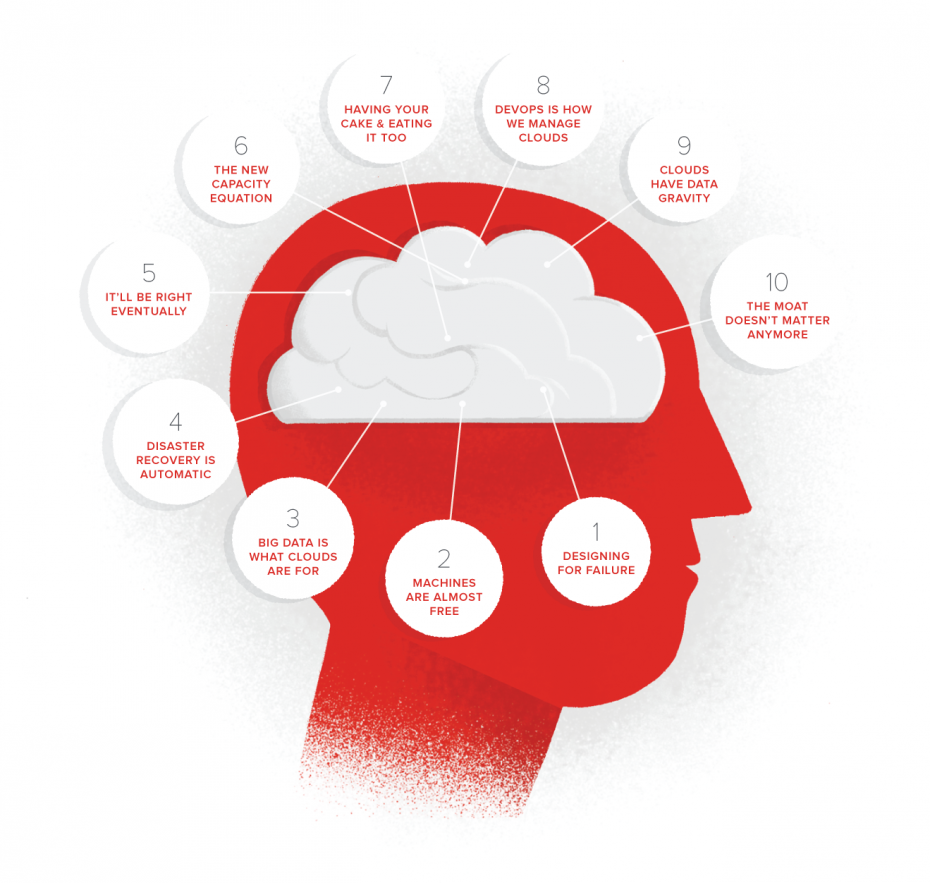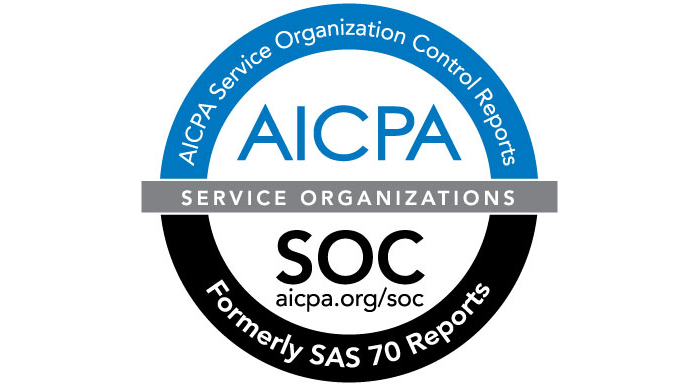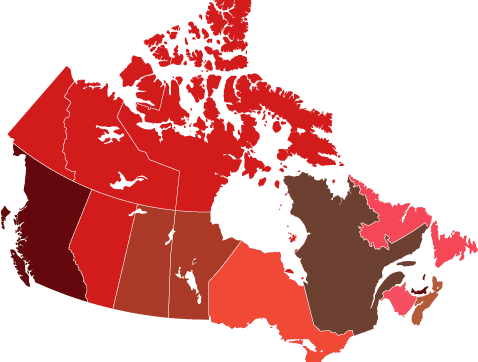Cloud native has become the industry standard, and organizations today are willfully pursuing hybrid- and multi-cloud futures. In a recent report, 93% of enterprise respondents had already started. Nonetheless, the adoption of hybrid and multi-cloud architectures can be challenging in today’s landscape of distinct yet overlapping sovereignties.
Get the Best of all Worlds with Hybrid/Multi-Cloud
It's been over three years since cloud.ca began life as an independent, Canadian-owned and operated Infrastructure-as-a-service (IaaS) provider. As one would expect in the tech industry, much has evolved in that time, particularly cloud-oriented technologies, though no less in the Canadian Cloud Service Provider (CSP) market.
CWP Energy uses cloud.ca Cloud Infrastructure for its Web Applications and Desktops
cloud.ca Infrastructure Enables Rapid Growth of Innovative Company
Summary
CWP Energy sought to:
- Off-load its IT demands (web applications and virtual desktops) to trusted partners
- Integrate data flow between its data mining applications and financial software
- Enable the company to expand to new locations and triple its number of employees in the next five years
Treat Your Infrastructure as Code
Infrastructure as Code (IaC) is a valuable concept and practice embraced by DevOps, but it is fairly abstract for many IT operators and technology executives. It requires the leveraging of agile infrastructure (IaaS) that can be orchestrated using RESTful APIs, like cloud.ca and AWS. IaC is often mistakenly considered part of configuration management provided by tools like Chef, Ansible, Puppet and SaltStack.
Introduction to "10 Ways to Think Like a Cloud"
Rules of the new on-demand architecture
Cloud computing represents a significant shift in IT strategy. Now that applications run on virtual infrastructure—independent of the underlying machinery—they are portable and therefore give third-party providers the opportunity to sell computing as a utility.
Wolverine is one of the most awesome superheroes in the Marvel Universe. It’s not because of his fierceness, the fact that he’s Canadian, or the fact that he has indestructible metal claws coming out of his fists. It’s because no matter what happens to him, no matter what harm he endures, he has a healing factor that lets him come back and continue to fight, time and time again. Wolverine can push bullets out from his wounds to heal, or regenerate from an atomic blast if he has to. He is the ultimate example of resilience and a metaphor for what you want in a cloud application — a soldier who keeps fighting for your business without being stopped.
Canada’s Cloud IaaS SOC 2 Certified
cloud.ca, Canada’s cloud Infrastructure as a Service (IaaS), has earned its SOC 2 type 1 certification.
Renewable Energy for Canada's IaaS Cloud
Renewable energy has been the hot topic in the cloud industry lately. Data centres for big players like Amazon Web Services (AWS), Microsoft and Google require a lot of power, and I mean a LOT of power. One data centre consumes the equivalent energy of about 25,000 homes per year. Data centres are major sources of energy consumption and there is growing pressure on companies to be more socially responsible and to operate sustainably.
Three Reasons to Use a Regional Cloud IaaS
CloudOps has been helping companies leverage the power of cloud services for nearly as long as cloud services have been around. We were early adopters and evangelists of AWS and open source cloud technologies such as OpenStack, CloudStack and Docker. We understood the value of API-driven, self-service scalable infrastructure, and so did our customers. However, as the industry matured, we kept getting the same question: can I do this in Canada?
Jurisdiction Matters; Cloud IaaS Threatened in Europe and Thrives in Canada
Image credit: Jessica Borutski
Recent European Union data protection regulation is pushing clouds back to the new world.
10 ms away from the Patriot Act
Many of the early adopters of our Canadian IaaS, cloud.ca, were organizations that write software and want to run it inside Canadian legal jurisdiction because they or their customers prefer Canada's laws for data protection and data privacy.













